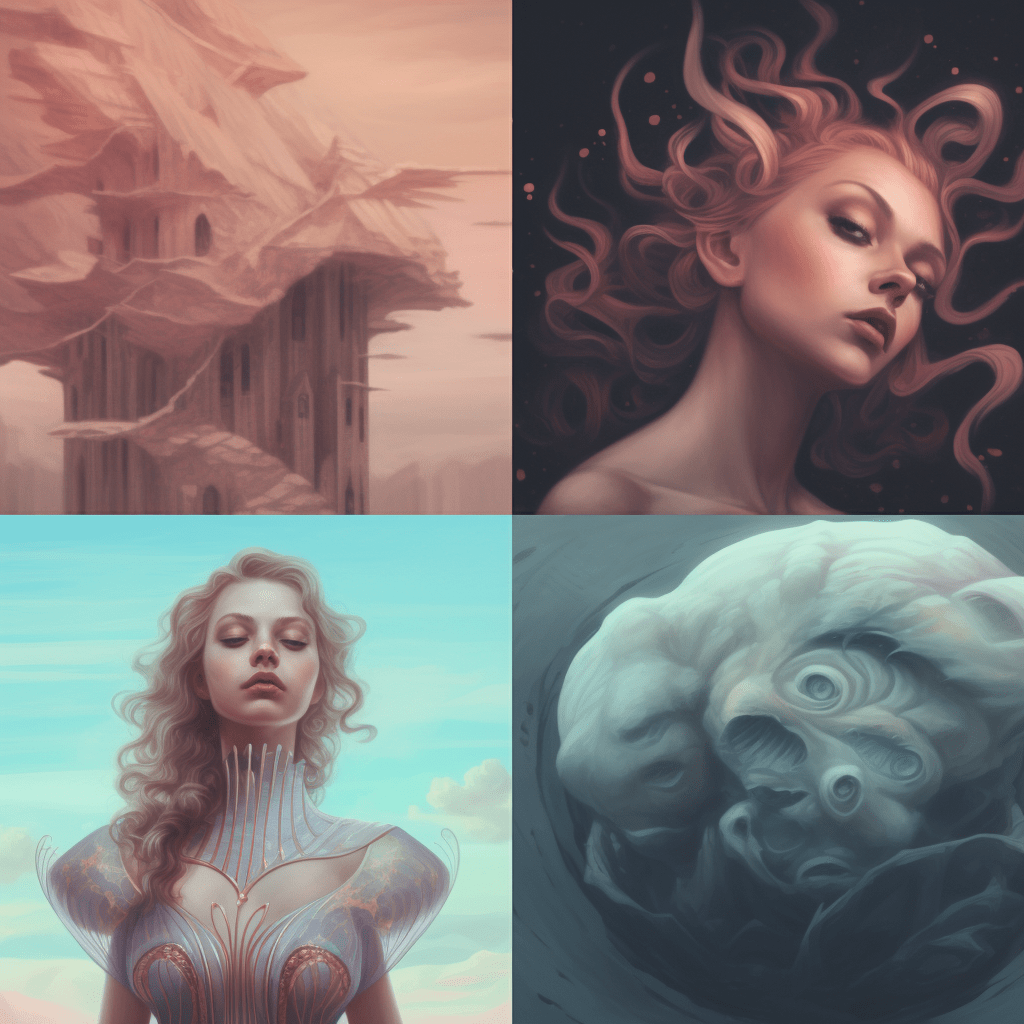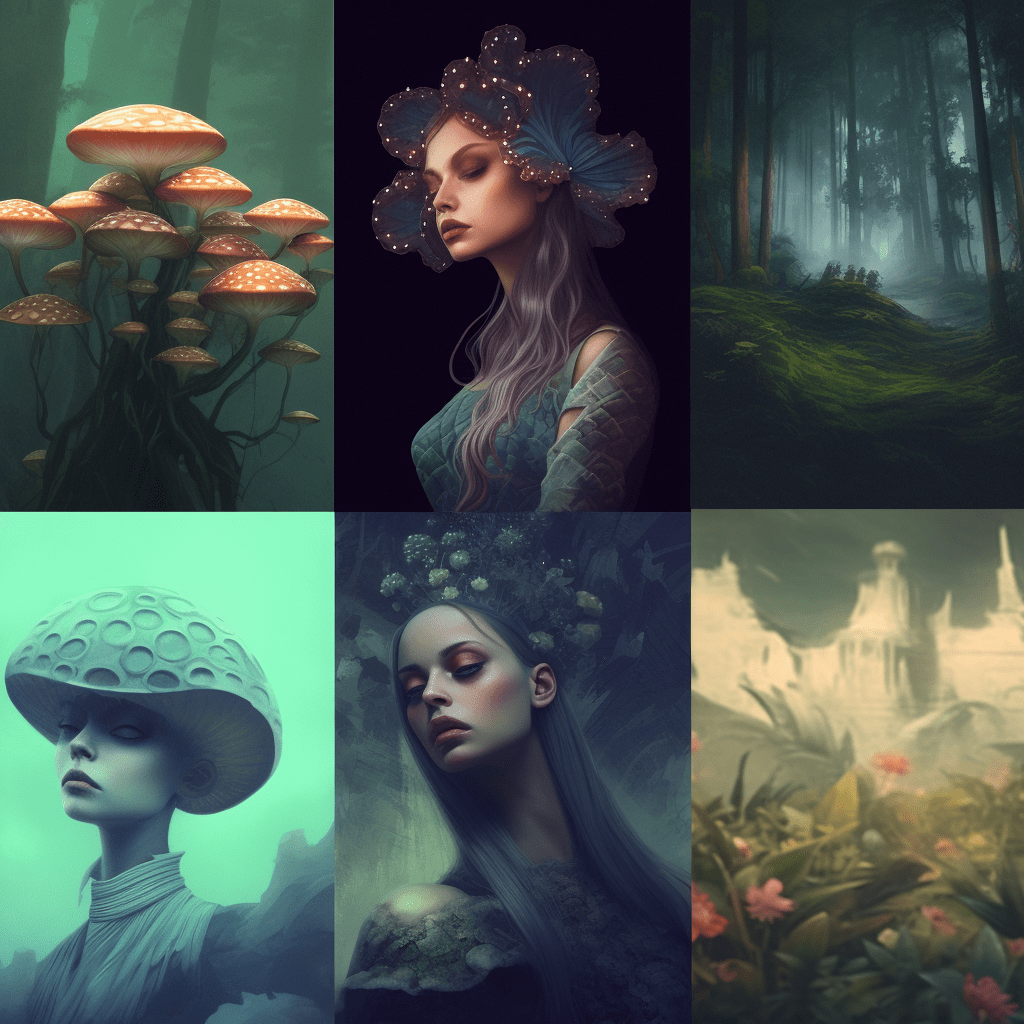With the dawn of the digital age, the art world has experienced countless transformations. One of the most intriguing developments in recent years is the rise of Non-Fungible Tokens (NFTs), unique digital assets stored on the blockchain. Amongst the myriad of possibilities that NFTs unlock, a standout innovation is the “NFT art generator.” These digital platforms create unique artwork as NFTs, and their potential impact on the art world is profound.

Unveiling the Concept of NFT Art Generators
To understand the potential future of NFT art generators, it’s crucial to grasp what they are and how they work. In essence, an NFT art generator is an algorithmically-driven platform that creates distinctive pieces of digital art. Each piece of art is one-of-a-kind, with specific attributes determined by the underlying code. Once created, these pieces of art are minted as NFTs, giving them a unique identity and value on the blockchain.
The Democratization of Art Creation
One of the most significant impacts of NFT art generators on the art world is the potential for democratizing art creation. Traditionally, art production has often been limited to those with formal training or innate talent. However, NFT art generators can enable anyone to create unique, valuable pieces of art. This potential is particularly impactful when considering the opportunities it can provide for people from diverse backgrounds and experiences.
For example, someone without any formal art education could use an NFT art generator to create a piece of digital art. This art piece can then be minted as an NFT and sold on a marketplace, providing an income opportunity previously unavailable. It’s an exciting step towards a more inclusive art world where the barrier to entry is lowered, and more people are able to participate.
The Birth of New Artistic Movements

As with any significant technological advancement, the rise of NFT art generators could usher in entirely new artistic movements. The algorithms that drive these platforms can be manipulated and adjusted in infinite ways, creating a vast landscape of artistic possibilities. Artists can experiment with these parameters to create artwork that is not just unique, but also reflective of new forms of expression that couldn’t exist without this technology.
Just as the invention of photography sparked a revolution in visual art, so too could NFT art generators lead to profound shifts in how we conceive of and engage with art. These algorithmic tools may enable the creation of visual experiences that challenge traditional notions of authorship, originality, and value—bringing the art world into uncharted territory.
Potential Challenges and Considerations
Despite the exciting possibilities, it’s essential to consider the challenges and implications of NFT art generators. For instance, questions arise around the value and authenticity of art created by algorithms. If anyone can use an NFT art generator to create a piece of art, what distinguishes one piece from another? How do we assess the value of a piece of art created in this way? These are complex questions that the art world will need to grapple with as the use of NFT art generators grows.
Another critical consideration is the environmental impact of NFTs. Given the energy-intensive process of minting NFTs, the widespread use of NFT art generators could contribute to significant energy consumption. Solutions to this issue are being explored, including more energy-efficient blockchain networks and carbon offset initiatives, but it remains a contentious point in the wider adoption of NFT technology.
In conclusion, the future of NFT art generators and their potential impact on the art world is a fascinating topic to explore. The possibilities for democratization, new artistic movements, and economic opportunity are vast. However, challenges and considerations around value, authenticity, and environmental impact also need to be thoroughly addressed as we forge ahead into this new frontier of art and technology.
The Evolution of Copyright and Ownership Rights
The advent of NFT art generators also brings with it a crucial conversation about copyright and ownership. As unique digital artworks, NFTs inherently raise questions about intellectual property rights. Who owns the rights to an algorithmically generated piece of art? Is it the creator of the algorithm, the individual who used the generator, or both? This grey area presents both legal and ethical challenges that need to be addressed.
Moreover, the permanent, immutable nature of blockchain technology means that once an NFT is minted and sold, it cannot be altered. This characteristic can be both a strength, in terms of proving provenance and ownership, and a potential weakness, especially in cases of art theft or copyright infringement. Addressing these concerns is paramount as we navigate the future of NFT art generators.
Looking Forward: The Confluence of Art and Technology

As we continue to embrace the digital age, the intersection of art and technology becomes increasingly complex and exciting. NFT art generators represent a critical point in this convergence, offering a new medium for expression, a novel economic model, and fresh challenges that demand thoughtful consideration.
These platforms are not just shaping the future of the art world but are also helping redefine our relationship with creativity and authorship in the digital landscape. As we move forward, it will be intriguing to see how the art world adapts and evolves in response to these groundbreaking innovations.
In a rapidly evolving digital landscape, NFT art generators hold the promise of a dynamic shift in the art world, challenging traditional notions of creation, ownership, and value.
